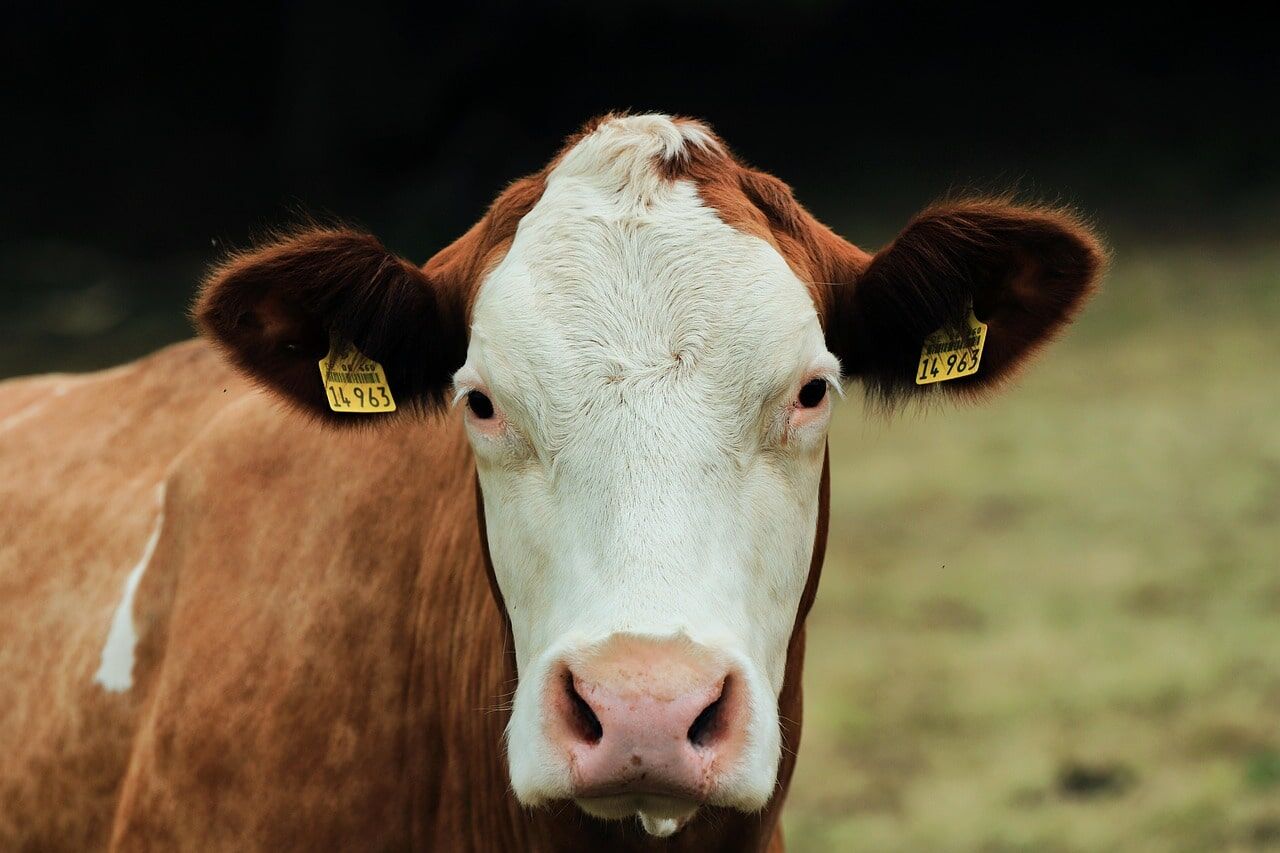When poultry and livestock producers invest in new equipment, the question isn’t just “How much does it cost?”—it’s “How long will it last?”
Feed trailers are a core part of that calculation. They’re the link between feed mills and barns, directly affecting efficiency, animal health, and ultimately profitability. In a country that produces over 280 million tons of animal feed every year (Alltech Agri-Food Outlook, 2023), the reliability of feed transport equipment is no small matter.
So how long should a feed trailer last, and what does that mean for ROI?
The Average Lifespan of a Feed Trailer
In most cases, a well-built feed trailer lasts 7 to 10 years before looking into reconditioning the unit to address wear, corrosion, and structural fatigue that begin to compromise performance and reliability. Factors like road conditions, tons of feed delivered, and maintenance practices can shorten or extend that timeline.
Every additional year of trailer life reduces annualized cost per flock or herd cycle, turning an equipment investment into a long-term revenue generator.
What Impacts Feed Trailer Durability?
Several factors determine how long a feed trailer will stay road-ready:
- Materials – Aluminum trailers are lighter and allow for the potential to reduce payload but need strong engineering to resist stress. Steel is more rugged but heavier, which can increase operating costs.
- Design – Features like a low center of gravity (LCG) can reduce rollover risks
- Technology – Auger systems and flow mechanics influence not just unloading efficiency but also wear-and-tear. Poor designs can lead to accelerated wear, heat build up in the hydraulic system, and unscheduled breakdowns.
- Operating Conditions – Harsh winters in the Midwest can mean corrosion from road salt, while Southern heat and rolling hills stress frames and drivetrains in different ways.
In other words, lifespan isn’t just about the trailer itself, it’s about where and how it’s used.
Maintenance and ROI
Durability also depends on how well trailers are maintained. Regular cleaning, auger inspections, and part replacements are simple practices that extend service life and prevent costly downtime.
This ties directly into ROI. For tax purposes, farm equipment is considered fully depreciated after 7 to 15 years. If your feed trailer lasts beyond that, those extra years are essentially pure savings since the trailer has already paid for itself.
As one of KT Pacer’s regional manager Mike Dennis explains:
“Every load delivered with less waste and less downtime goes straight to the bottom line.”
Regional Realities: Why Location Matters
The U.S. is home to very different poultry and livestock production environments, and each puts its own stress on feed trailers:
- Midwest (Iowa, Ohio, Indiana, Minnesota, Wisconsin): Harsh winters and road salt accelerate corrosion. Iowa alone is the nation’s leader in egg production, turning out over 17 billion eggs annually (Iowa Egg Council, 2023), which means constant feed transport in tough conditions.
- Southeast Poultry Belt (Georgia, Alabama, Carolinas, Arkansas, Mississippi): These states dominate broiler production. Georgia, for example, produces more than 1.3 billion broilers a year—about 15% of all U.S. production (USDA ERS, 2022). The high volume and heat require a hydraulic cooling package sized correctly to remove heat build up in the system that can lead to poor performance and reduce hydraulic component life.
- Plains and Southwest (Nebraska, South Dakota, Kansas, New Mexico): Long-haul feed delivery racks up miles fast, making reliability a necessity.
For all these regions, choosing a trailer that matches local realities is essential to protecting ROI.
KT Pacer’s 20-Year Value Promise
What sets KT Pacer apart is the combination of engineering and service designed to extend trailer life beyond industry norms:
- Finite Element Analysis (FEA): A computer based simulation that is used to predict how a design will react to stresses and loads to improve structural integrity in the design.
- Lightweight, efficient builds: Maximizing payload and fuel miles without compromising structural strength.
- Reliable auger systems: Designed for smooth,consistent feed flow that reduces wear.
- Local service support: Regional managers understand the conditions producers face and help keep fleets running.
For producers, that means a trailer that isn’t just equipment—it’s a revenue-generating machine designed to last.
Conclusion
Most feed trailers last about 10–15 years. KT Pacer trailers can push that to 20 years with proper maintenance, delivering stronger ROI and long-term stability for your operation.
Whether you’re hauling poultry feed across Iowa, managing short hauls in Delaware, or running high-volume operations in Georgia, investing in the right trailer means protecting both your livestock and your bottom line.
Ready to see how a long-lasting trailer can support your business? Learn more about our bulk feed trailers.
